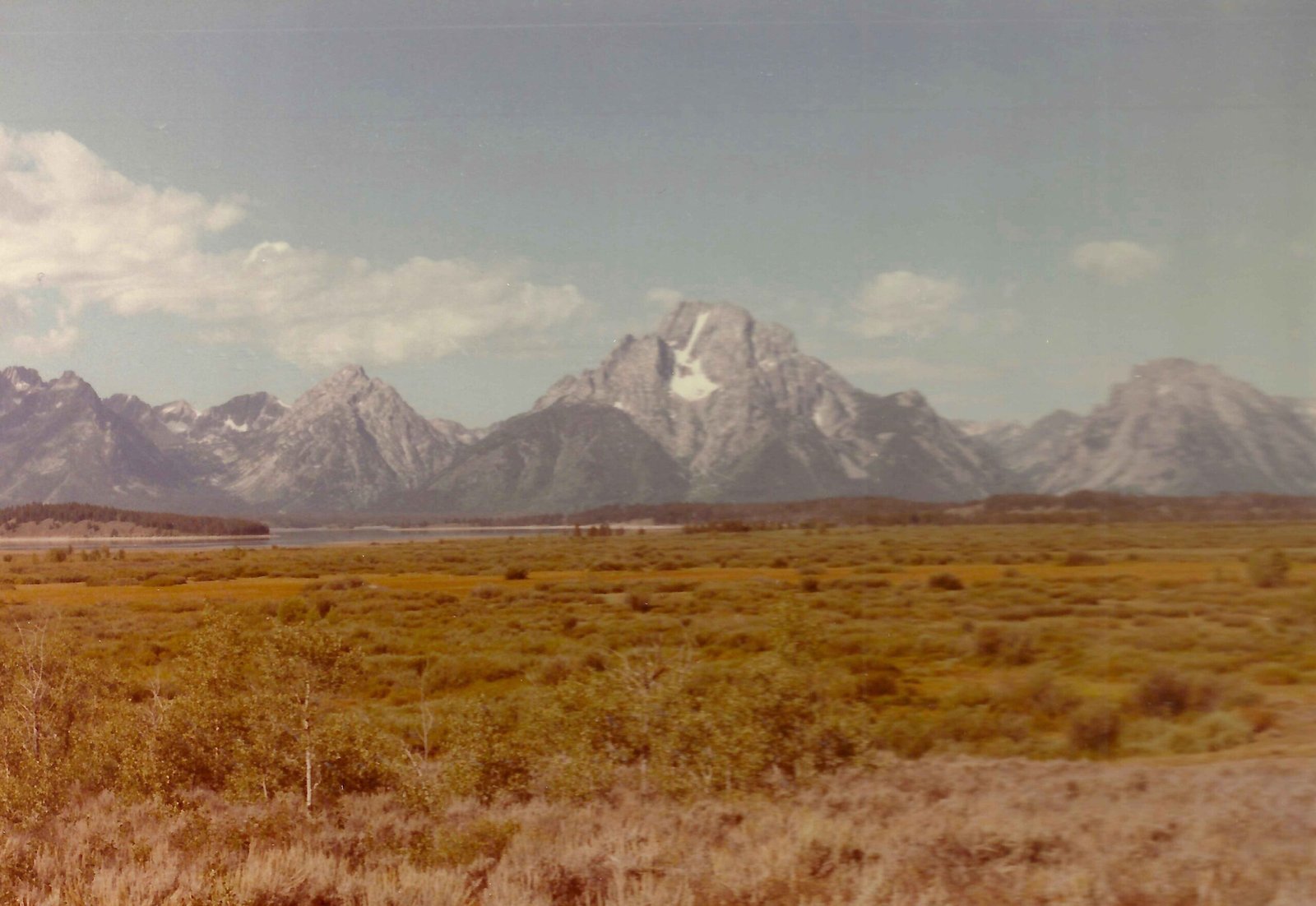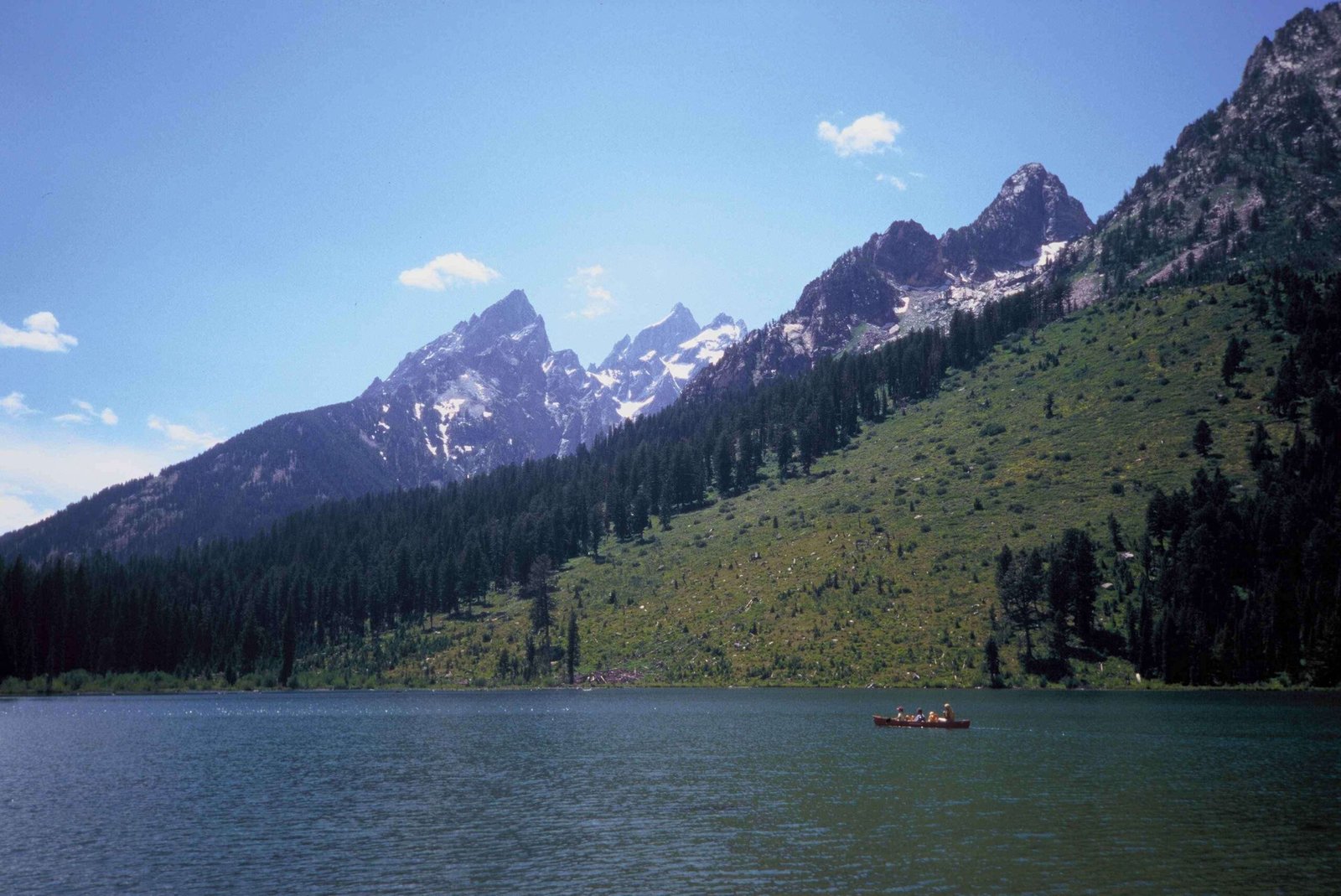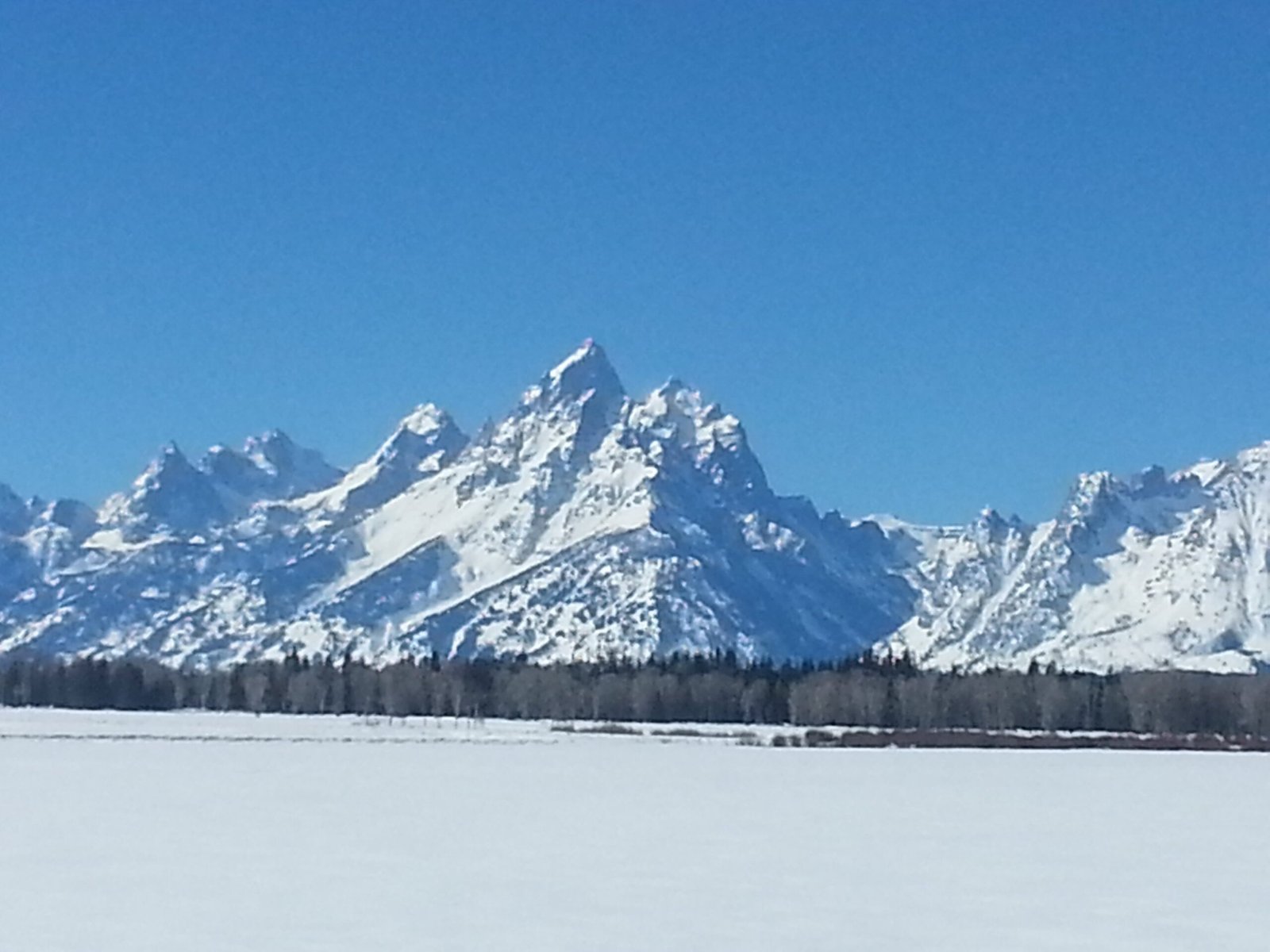The T.A. Moulton Barn stands as a remarkable testament to early 20th-century homesteading in Jackson Hole, Wyoming. Located within the Mormon Row Historic District of Grand Teton National Park, this architectural marvel captures the essence of pioneer spirit, representing generations of agricultural heritage and human perseverance against the breathtaking backdrop of the Teton mountain range.
What Makes the Historic Barn Unique?

The T.A. Moulton Barn represents more than just a structure; it’s a living narrative of Wyoming’s agricultural history. Constructed by Thomas Alma Moulton starting in 1913, the barn evolved through multiple phases, reflecting the adaptive strategies of early settlers.
Architectural Evolution
| Construction Phase | Year | Key Features |
|---|---|---|
| Initial Build | 1913 | Central wooden structure, flat roof |
| Roof Modification | 1928 | Steeply pitched gable roof added |
| Lean-to Extensions | 1938-1939 | Horse and pig shelters constructed |
Materials and Construction Techniques
- Primary Material: Locally sourced wood
- Roof Structure: Gable-style with steep pitch
- Additional Sections: Lean-to extensions for livestock
- Construction Method: Traditional hand-built techniques
How Did Pioneers Use the Barn?

Early homesteaders like Thomas Alma Moulton used the barn for multiple critical functions:
- Livestock Shelter
- Horses
- Pigs
-
Potential storage for farm equipment
-
Agricultural Storage
- Hay preservation
- Grain storage
- Seasonal crop management
Where Can Visitors Experience the Barn?
Location Details
- Park: Grand Teton National Park
- Specific Area: Mormon Row Historic District
- Accessibility: Easy walking distance from parking area
Photography Recommendations
Best Photography Conditions:
– Sunrise and early morning
– Late afternoon to sunset
– Winter snowscapes
– Autumn color transitions
What Historical Significance Does the Barn Hold?
The T.A. Moulton Barn has transcended its original agricultural purpose to become:
– A symbol of pioneer resilience
– The “most photographed barn in America”
– A preserved historical landmark
– An educational resource about early Wyoming settlement
How Is the Barn Preserved?
Preservation efforts involve:
– National Park Service maintenance
– Periodic restoration projects
– Historical documentation
– Controlled public access
Visitor Guidelines
- Stay on designated paths
- No climbing or interior exploration
- Respect historical site integrity
- Follow Leave No Trace principles
What Photography Techniques Work Best?
Recommended Photographic Approaches:
– Use wide-angle lenses
– Capture Teton Range in background
– Experiment with different lighting conditions
– Consider seasonal variations
When Should You Visit?
| Season | Photographic Characteristics |
|---|---|
| Spring | Emerging vegetation, soft light |
| Summer | Lush landscape, clear skies |
| Autumn | Golden colors, dramatic shadows |
| Winter | Snow-covered scenery, stark contrast |
Pro Photography Tips
- Arrive early for optimal lighting
- Bring tripod for stability
- Use graduated neutral density filters
- Experiment with composition
What Can Visitors Learn?
The T.A. Moulton Barn offers insights into:
– Early 20th-century agricultural practices
– Homesteading challenges
– Wyoming’s settlement history
– Architectural adaptation strategies
Nearby Visitor Resources
- Craig Thomas Discovery and Visitor Center
- Grand Teton National Park ranger programs
- Local historical society exhibits
Reference:
– Jackson Hole Historical Society
– Grand Teton National Park Official Site
– Wyoming State Historic Preservation Office

